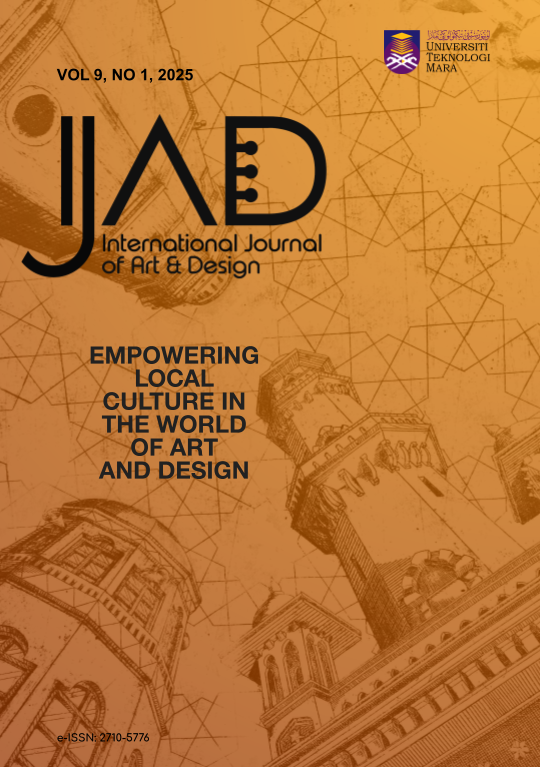Youth Spaces and Places Design for the Development of Socio-spatial Communal Values
DOI:
https://doi.org/10.24191/ijad.v9i1.2318Keywords:
Youth, Spaces and places, Design, Sense of attachment, Sense of communityAbstract
Youth is best understood as a transition period from childhood dependence to adulthood independence between 18 and 24 years old. This growth phase is crucial as the youth is more fluid than fixed age groups during this time and is exposed to issues and challenges from advancing technology and socio-cultural problems. However, in the context of the built environment, most of the current designs, namely in urban cities, lack concern towards the youth community's needs and aspirations and are less empowering in both representation and inclusivity of youth through the participatory design processes. This resulted in the provision of spaces that are not autonomous, enclosed, unsafe, and inaccessible, which did not fully manage to engage and improve the well-being of youth communities. Furthermore, fewer studies have been provided on designing youth spaces and places in Malaysia based on theoretical design principles and approaches. This is because many past studies focus only on youth social empowerment and political engagement, technology advancement and utilization amongst youth, youth employment and macroeconomics factors, intellectual wellness, and youth resiliency in current society. This study, therefore, is crucial as it aims to highlight how to design better youth spaces and places that concern socio-spatial aspects towards enhancing the needs of youth and aiming at holistic empowerment of them, making them more resilient. In achieving this, best practices of recognizing youth needs and interests will be collectively gathered through a qualitative approach using the crit sessions and focus group discussions from diverse youth backgrounds as methods for data collection. This includes referencing established case studies from literature reviews on prominent youth centres designed to support the findings. The determination of the findings is then transformed into design strategies focusing on socio-spatial aspects to accommodate youth needs in terms of a sense of attachment and community. This paper benefits designers and authorities as a reference for creating better youth spaces and places to accommodate youth needs from different walks of life and backgrounds.
Downloads
Published
Issue
Section
License
Copyright (c) 2024 International Journal of Art and Design

This work is licensed under a Creative Commons Attribution-NonCommercial-NoDerivatives 4.0 International License.






